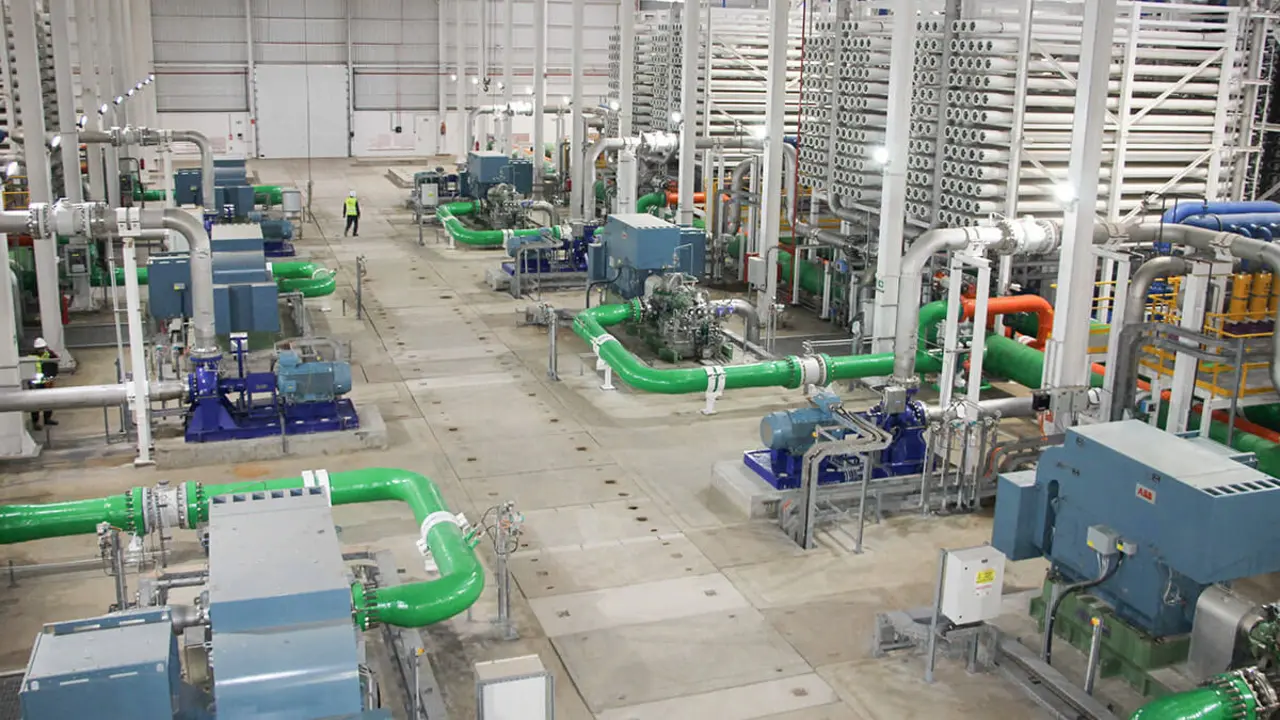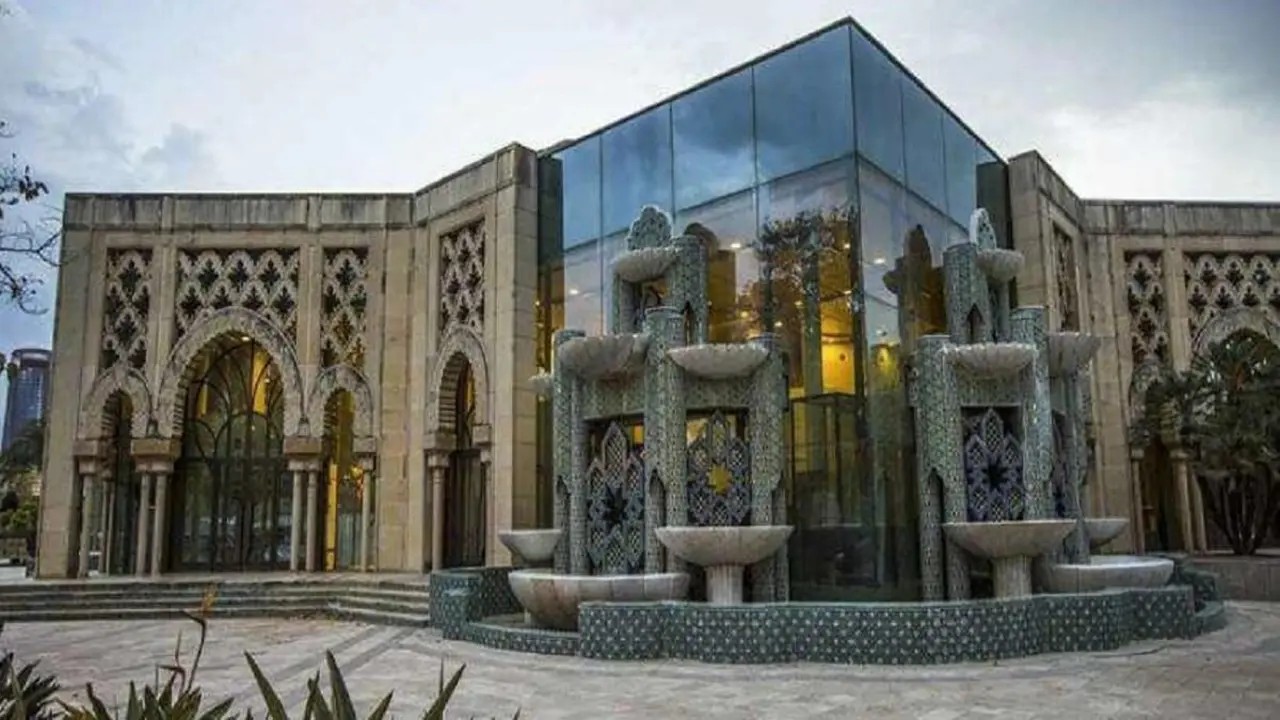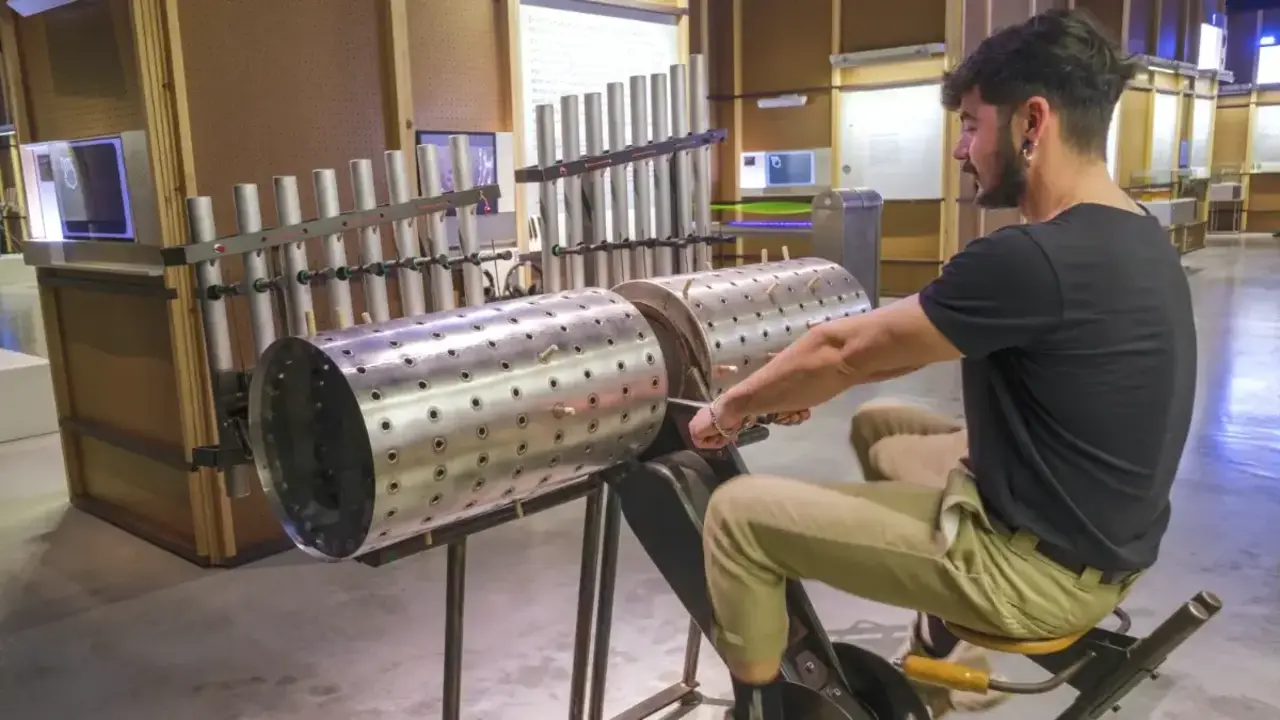Emirates' first space probe is now heading to Mars
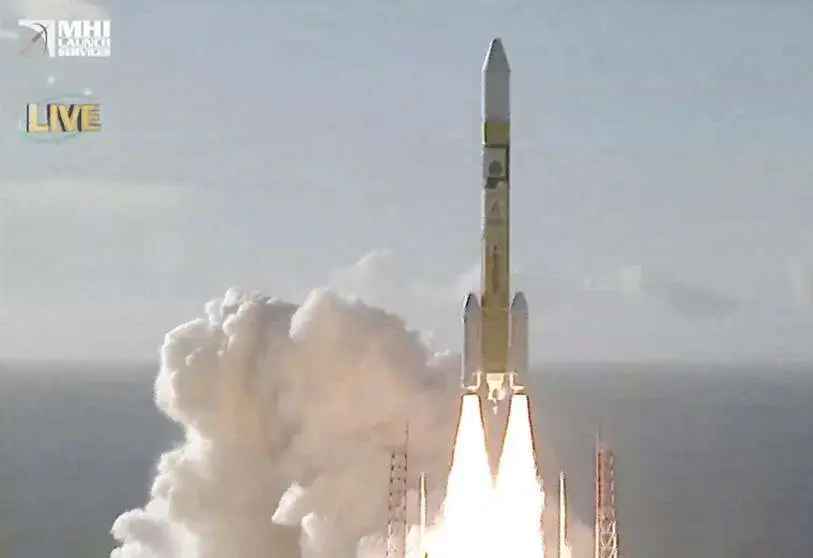
Virtually all the citizens of the Union of the United Arab Emirates shouted and jumped for joy when the first interplanetary adventure involving an Arab nation successfully took off more than 7,300 kilometres away.
Video
https://www.facebook.com/watch/?v=743915339706078
On 19 July, at 11:58 p.m. and 14 seconds Spanish Peninsular Time - 01:58 a.m. and 14 seconds on the morning of 20 July in the Emirates - when from the launch centre in Tanegashima, Japan, the engines of the Mitsubishi H-IIA launcher codenamed F42 roared and the launcher rose majestically from its launch pad.
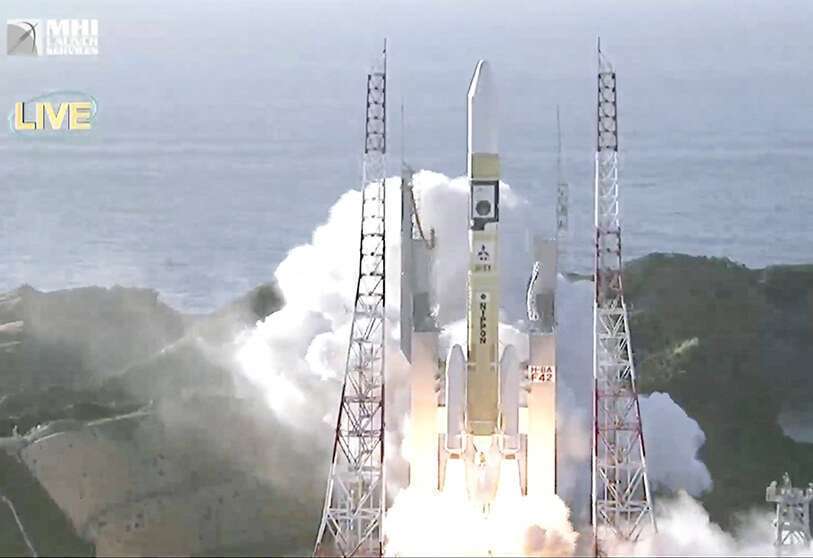
Then Atsutoshi Tamura, launch director for the mission that opens the doors to the solar system at the Union of Arab Emirates, breathed a sigh of relief as the powerful jets of fire lifted and hurled into space the 289 tonnes of the Japanese H-IIA launcher, a giant 53-metre-high vehicle equivalent to a 17-storey building.
At a speed of 34,082 km/h, or more than Mach 27 - more than 27 times the speed of sound - in just under two minutes, as the rocket reached an altitude of about 60 kilometres, the rocket's two accelerators detached and the rocket continued its flight powered by the first and second stage engines.
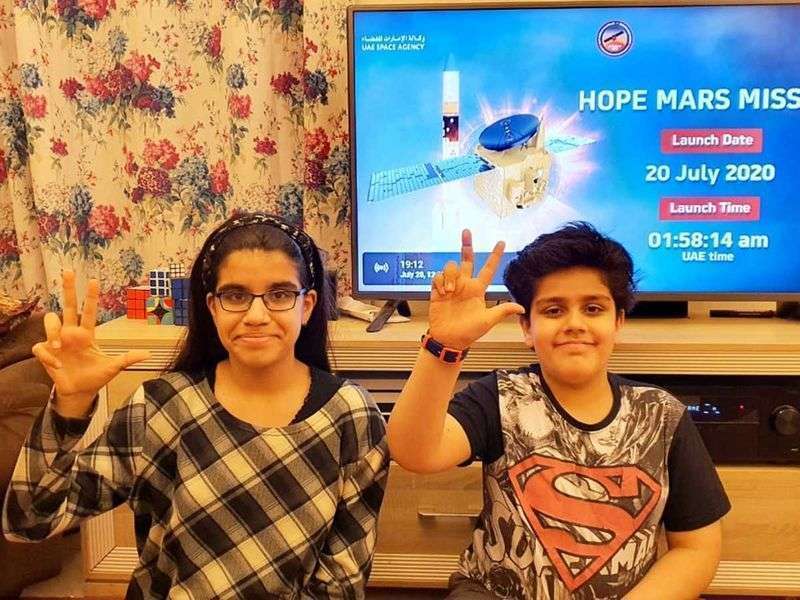
What was already out of sight for live television broadcasts of the event was what happened an hour later. While the Japanese spacecraft was at an altitude of about 500 kilometres, the emirate's Al Amal probe - which in Arabic means "hope" - atop the second stage was gently propelled into space and began its solo journey to the red planet.
An achievement of all Arabs
For the Vice-President, Prime Minister of the Emirates and Governor of Dubai, Sheikh Mohammed Bin Rashid Al Maktoum, the Al Amal Mars probe "is an achievement for all Arabs and a source of pride for every Emirate". And for the Crown Prince of Dubai, Hamdan Bin Mohammed Bin Rashid Al Maktoum, it represents "a message of hope and optimism for humanity".

He has thus embarked on a long journey of 493.5 million kilometres that will last at least seven months and should end with the arrival of the spacecraft in orbit around Mars in February 2021, which will mark the beginning of the celebrations for the 50th anniversary of the creation and independence of the Union of Arab Emirates.
The risky interplanetary journey is advancing at a cruising speed of 121,000 km/h and will take approximately 200 days to reach its destination. During this time, various types of incidents are likely to affect the trajectory and make it difficult to reach the planet.
If, as is to be expected and desirable, the probe manages to reach its distant goal, the Emirates will become the first Arab nation to have conducted a space mission to another planet and the seventh world power to place a spacecraft in the orbit of Mars.

Once positioned around the Red Planet, Al Amal begins to work for what has been created. His job is to relay to Earth a vast amount of data and information about the Martian atmosphere that we have never known before. Especially about its seasonal cycles, the dust storms that hit its surface and the climate changes that have caused Mars to change from an ocean to an atmosphere so thin that water can only remain as vapour or solid ice at its poles.
More than half of them have failed to
We must give great credit to an epic that all the nations that have tried have failed. Only the great world powers have succeeded, and with varying degrees of success, mainly the United States, Russia and Europe. Omran Sharaf, project director, recalls that "about half of the missions sent to Mars have ended in resounding failure".
The initiative to send an interplanetary probe to the mysterious Red Planet was announced in July 2014 by the Emir of Dubai himself, Mohammed Bin Rashid Al Maktoum. His impetus over the past six years has enabled the interplanetary probe to become a reality, but also to develop a whole scientific and industrial base in the country.
In addition, a strategic objective is to "inspire the younger generation of Emiratis to direct their lives towards science and technology," explains Sarah bint Yousif Al Amiri, the mission's scientific leader and minister of technology.

Some 150 Emirati engineers and technicians were crucially involved in the development of a fully autonomous spacecraft designed to resolve incidents that occur during flight without the help of other machines or humans from Earth. The learning acquired by the Emirati institutions, engineers and technicians has provided them with important experience and knowledge that they will now be able to apply to new robotic missions in space.
Five days of tension due to bad weather in the Tanegasahima region and the cancellation of two launch attempts, six years of work to develop a state-of-the-art spacecraft and six months of testing against the scourge of coronavirus culminated in a successful space launch that is scheduled to be completed in February 2021, when Al Amal will arrive in the vicinity of Mars.




